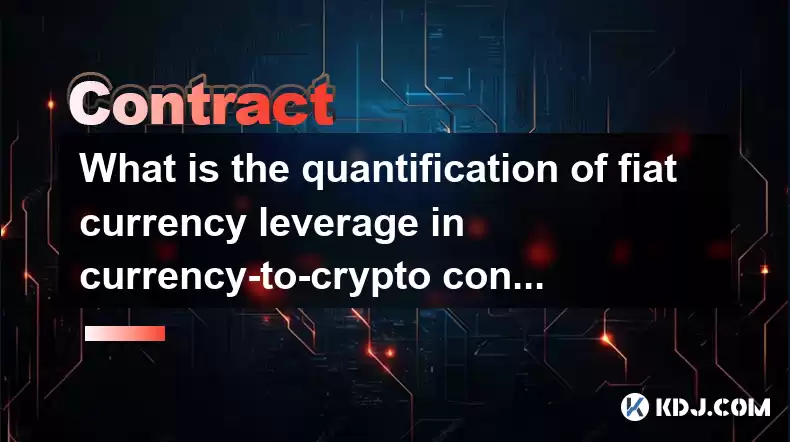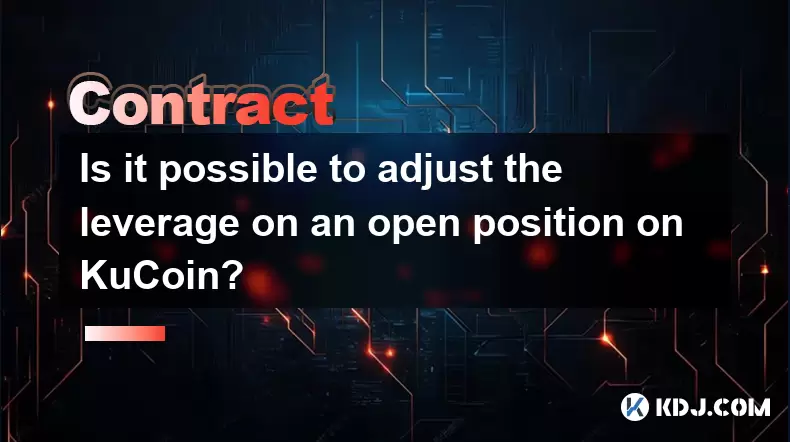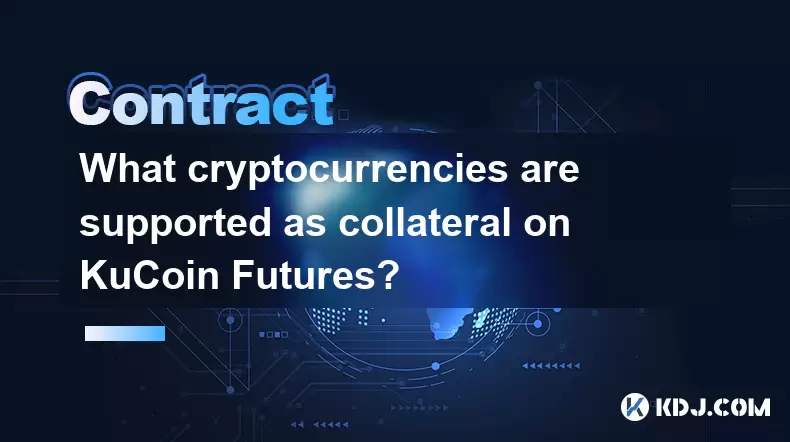-
 Bitcoin
Bitcoin $119100
-2.16% -
 Ethereum
Ethereum $4300
-0.31% -
 XRP
XRP $3.171
-2.99% -
 Tether USDt
Tether USDt $1.000
-0.01% -
 BNB
BNB $814.1
-1.33% -
 Solana
Solana $176.5
-4.67% -
 USDC
USDC $0.0000
0.00% -
 Dogecoin
Dogecoin $0.2267
-5.83% -
 TRON
TRON $0.3465
2.15% -
 Cardano
Cardano $0.7870
-4.98% -
 Chainlink
Chainlink $21.66
-2.27% -
 Hyperliquid
Hyperliquid $43.89
-4.62% -
 Stellar
Stellar $0.4414
-3.35% -
 Sui
Sui $3.707
-6.73% -
 Bitcoin Cash
Bitcoin Cash $599.1
3.73% -
 Hedera
Hedera $0.2504
-6.96% -
 Ethena USDe
Ethena USDe $1.001
-0.01% -
 Avalanche
Avalanche $23.21
-4.99% -
 Litecoin
Litecoin $121.1
-3.55% -
 Toncoin
Toncoin $3.415
0.45% -
 UNUS SED LEO
UNUS SED LEO $9.002
-1.24% -
 Shiba Inu
Shiba Inu $0.00001314
-5.43% -
 Uniswap
Uniswap $11.45
1.63% -
 Polkadot
Polkadot $3.926
-5.37% -
 Cronos
Cronos $0.1694
1.63% -
 Ethena
Ethena $0.8117
-2.35% -
 Dai
Dai $1.000
0.00% -
 Bitget Token
Bitget Token $4.422
-1.43% -
 Monero
Monero $264.2
-0.83% -
 Pepe
Pepe $0.00001137
-8.29%
What is the quantification of fiat currency leverage in currency-to-crypto contracts?
Leverage, quantified through the leverage ratio, allows traders to amplify their potential returns but also exposes them to the風險 of margin calls and liquidations if their positions move against them.
Dec 16, 2024 at 12:05 pm

Quantifying Fiat Currency Leverage in Currency-to-Crypto Contracts
Introduction:
The surge in popularity of cryptocurrency trading has led to the emergence of currency-to-crypto contracts, which allow traders to speculate on the price movements of cryptocurrencies using fiat currencies as collateral. To amplify their potential returns, many traders employ leverage, which involves borrowing funds to increase their trading positions. Quantifying the leverage used in these contracts provides valuable insights into market dynamics and potential risks associated with leveraged trading.
Steps to Quantify Fiat Currency Leverage:
- Identify the Contract Multiplier:
The contract multiplier, denoted by 'M', represents the number of units of the underlying cryptocurrency that each contract controls. For instance, a Bitcoin futures contract with a multiplier of 5 BTC implies that each contract represents ownership of 5 Bitcoin.
Contract Multiplier (M) = Number of units of cryptocurrency controlled per contract- Determine the Contract Price:
The contract price, denoted by 'P', is the agreed-upon price at which the underlying cryptocurrency can be bought or sold upon contract expiration. This price is determined by market forces and reflects the expected future price of the cryptocurrency.
Contract Price (P) = Agreed-upon price at contract expiration- Calculate the Notional Value:
The notional value, denoted by 'NV', represents the total value of the underlying cryptocurrency controlled by a single contract. This is calculated by multiplying the contract multiplier by the contract price.
Notional Value (NV) = Contract Multiplier (M) x Contract Price (P)- Determine the Trader's Initial Margin:
The initial margin, denoted by 'IM', is the minimum amount of funds required by the exchange to open a leveraged position. This margin serves as collateral against potential losses and varies depending on the exchange and trading instrument.
Initial Margin (IM) = Minimum funds required to open a leveraged position- Calculate the Leverage Ratio:
The leverage ratio, denoted by 'LR', indicates the degree of magnification applied to the trader's initial capital. It is calculated by dividing the notional value by the initial margin.
Leverage Ratio (LR) = Notional Value (NV) / Initial Margin (IM)- Consider the Maintenance Margin:
The maintenance margin, denoted by 'MM', represents the minimum margin level that a trader must maintain to keep their leveraged position open. If the trader's margin falls below this level, the exchange may force them to reduce their position or liquidate their holdings.
Maintenance Margin (MM) = Minimum margin level required to maintain a leveraged position- Understand Margin Calls and Liquidations:
Margin calls occur when the trader's margin level falls below the maintenance margin. In such cases, the exchange will issue a margin call, requiring the trader to deposit additional funds or reduce their position to meet the margin requirement. If the trader fails to meet this call, the exchange may liquidate the trader's position, resulting in the forced sale of their crypto holdings.
Disclaimer:info@kdj.com
The information provided is not trading advice. kdj.com does not assume any responsibility for any investments made based on the information provided in this article. Cryptocurrencies are highly volatile and it is highly recommended that you invest with caution after thorough research!
If you believe that the content used on this website infringes your copyright, please contact us immediately (info@kdj.com) and we will delete it promptly.
- Dogecoin, Presale, Surge: Riding the Meme Coin Wave
- 2025-08-12 11:10:12
- Dogecoin, Tron, and the ROI Reality Check: What's a Crypto Investor to Do?
- 2025-08-12 11:15:12
- Ethereum Layer-2 Scaling Competition Heats Up as ETH Breaks $4K
- 2025-08-12 10:30:12
- China Regulation, Stablecoins, and BNB Presale: Navigating the Crypto Landscape
- 2025-08-12 11:30:12
- Meme Coins, Investment, and Token Burns: What's Hot in 2025?
- 2025-08-12 10:30:12
- BlockDAG, Chainlink, Hedera: The Cryptos Enterprises are Eyeing
- 2025-08-12 09:30:12
Related knowledge

Is it possible to adjust the leverage on an open position on KuCoin?
Aug 09,2025 at 08:21pm
Understanding Leverage in KuCoin Futures TradingLeverage in KuCoin Futures allows traders to amplify their exposure to price movements by borrowing fu...

What cryptocurrencies are supported as collateral on KuCoin Futures?
Aug 11,2025 at 04:21am
Overview of KuCoin Futures and Collateral MechanismKuCoin Futures is a derivatives trading platform that allows users to trade perpetual and delivery ...

What is the difference between realized and unrealized PNL on KuCoin?
Aug 09,2025 at 01:49am
Understanding Realized and Unrealized PNL on KuCoinWhen trading on KuCoin, especially in futures and perpetual contracts, understanding the distinctio...

How does KuCoin Futures compare against Binance Futures in terms of features?
Aug 09,2025 at 03:22am
Trading Interface and User ExperienceThe trading interface is a critical component when comparing KuCoin Futures and Binance Futures, as it directly i...

How do funding fees on KuCoin Futures affect my overall profit?
Aug 09,2025 at 08:22am
Understanding Funding Fees on KuCoin FuturesFunding fees on KuCoin Futures are periodic payments exchanged between long and short position holders to ...

What is the distinction between mark price and last price on KuCoin?
Aug 08,2025 at 01:58pm
Understanding the Basics of Price in Cryptocurrency TradingIn cryptocurrency exchanges like KuCoin, two key price indicators frequently appear on trad...

Is it possible to adjust the leverage on an open position on KuCoin?
Aug 09,2025 at 08:21pm
Understanding Leverage in KuCoin Futures TradingLeverage in KuCoin Futures allows traders to amplify their exposure to price movements by borrowing fu...

What cryptocurrencies are supported as collateral on KuCoin Futures?
Aug 11,2025 at 04:21am
Overview of KuCoin Futures and Collateral MechanismKuCoin Futures is a derivatives trading platform that allows users to trade perpetual and delivery ...

What is the difference between realized and unrealized PNL on KuCoin?
Aug 09,2025 at 01:49am
Understanding Realized and Unrealized PNL on KuCoinWhen trading on KuCoin, especially in futures and perpetual contracts, understanding the distinctio...

How does KuCoin Futures compare against Binance Futures in terms of features?
Aug 09,2025 at 03:22am
Trading Interface and User ExperienceThe trading interface is a critical component when comparing KuCoin Futures and Binance Futures, as it directly i...

How do funding fees on KuCoin Futures affect my overall profit?
Aug 09,2025 at 08:22am
Understanding Funding Fees on KuCoin FuturesFunding fees on KuCoin Futures are periodic payments exchanged between long and short position holders to ...

What is the distinction between mark price and last price on KuCoin?
Aug 08,2025 at 01:58pm
Understanding the Basics of Price in Cryptocurrency TradingIn cryptocurrency exchanges like KuCoin, two key price indicators frequently appear on trad...
See all articles

























































































